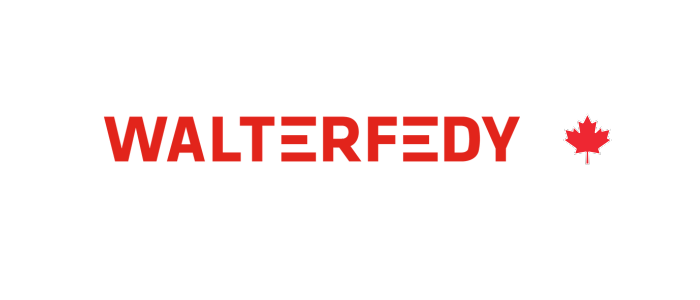The COVID-19 pandemic required businesses around the world to quickly shift from a physical to remote work environment. In a collaborative design environment, this presented a number of unknowns and challenges. Would teams be able to collaborate as effectively online? Would design schedules be impacted if team members could no longer hold ad-hoc meetings? For our Project Managers, this required adapting quickly and adopting new strategies to maintain the close collaboration and ongoing knowledge-sharing that make our projects successful.
Consistent communication is critical to successfully managing a project remotely. With spontaneous in-person interactions off the table, Project Managers have had to be more intentional about checking in and keeping the entire team up to date on the most current progress of the project. As a multi-disciplinary firm, this is especially important to coordinate the architectural and engineering components of the project throughout. On some of our most complex projects, including a multi-million-dollar new facility for a post-secondary client, our internal team held short meetings daily to ensure team members were designing and moving in a coordinated direction. This strategy helped streamline our design by offering more opportunities for communication and input, fostering a strong team environment despite having no in-person interactions.
“We’ve worked hard to resist the urge to email or instant message, instead focusing on video calls,” says Melissa Fishman, a Team Lead in our Mechanical and Electrical Engineering team. “By talking things through face to face and sharing screens, we’ve been able to keep collaboration going within our design teams and with clients. This has helped us keep our projects moving without waiting on emails to proceed.”
While this shift in collaboration methodology was challenging, one unexpected benefit was that team members became more readily available as site visits and physical meetings were reduced or eliminated entirely. Even though team members were no longer able to stop by one another’s desks for spontaneous discussions, these interactions were replaced by quick, responsive communication over phone, email, or instant messaging platforms.
“We’re finding new ways to work together,” says Architect and Project Manager, Elena Wiersma. “It’s been an interesting shift because everyone needs to be more intentional about their input. You can no longer just sketch on a drawing around a table with the entire team – you need to coordinate sessions to review progress, request control of an electronic drawing, and provide your input clearly and verbally. While transitioning to this way of working had its challenges, we’ve seen just how possible it is to do long-term and on complex projects.”
While ongoing communication is helpful to maintaining coordination in a remote project team, it has also allowed us to continuing building the strong rapport between team members that leads to a cohesive and healthy team.
“Making time to connect about more than just work is really important,” says Civil Engineer and Project Manager, Josh Zehr. “I use group chats and video calls to talk about projects, but I also try to reach out periodically to individual designers just to check in and reconnect about what’s going on outside of work. Continuing the strong relationships I have with my team members helps everyone feel connected even though we’re not working in the same space.”
“It has really helped us keep up our office culture,” agrees Melissa. “It’s nice to have the opportunity to check in with each other on the same personal level we would in the office.”
Technology has helped facilitate collaboration beyond online meetings. Our team members often share drawings and work together on mark-ups and updates. This level of collaboration needed to be recreated in an online setting to accommodate both new projects that are digital and existing projects with historical hard-copy components. This meant working together to reach a state where all projects could be executed online, combining current electronic design files with scanned and newly rendered documents to ensure all team members had access to the foundational information of each project.
One particular success was the speed with which our team learned and adopted new technology tools to create underlays, hand sketches, and electronic models concurrently, combining the skills and expertise of our various project team members across all design disciplines in an online setting.
“The greatest success was how everyone worked together,” says Elena. “It really took effort on everyone’s part to get to the point where online collaboration was seamless with all members of the team. Each team member stepped up to the plate, which is what allowed us to continue our work smoothly and with minimal interruption even in a challenging time.”
The willingness of each team member to immerse themself in technology-driven collaboration remains one of the most impactful elements in successfully delivering a project remotely. An efficient transition to remote work demands everyone’s equal commitment to adapting. As the work environment may be impacted well into the future, we are consistently looking for new tools that will allow us to deliver projects effectively from anywhere.
“I’ve found our team has worked diligently to get themselves set up in their new work environment,” says Elena. “We’ve had to learn together but we’ve been able to turn working from home into a helpful and productive experience. We’ve been able to maintain an efficient design schedule with lots of opportunities for innovation, collaboration, and refinement. Being able to do that really comes down to the team you’re working with. When everyone puts in the work to move the team forward, we all win!”
